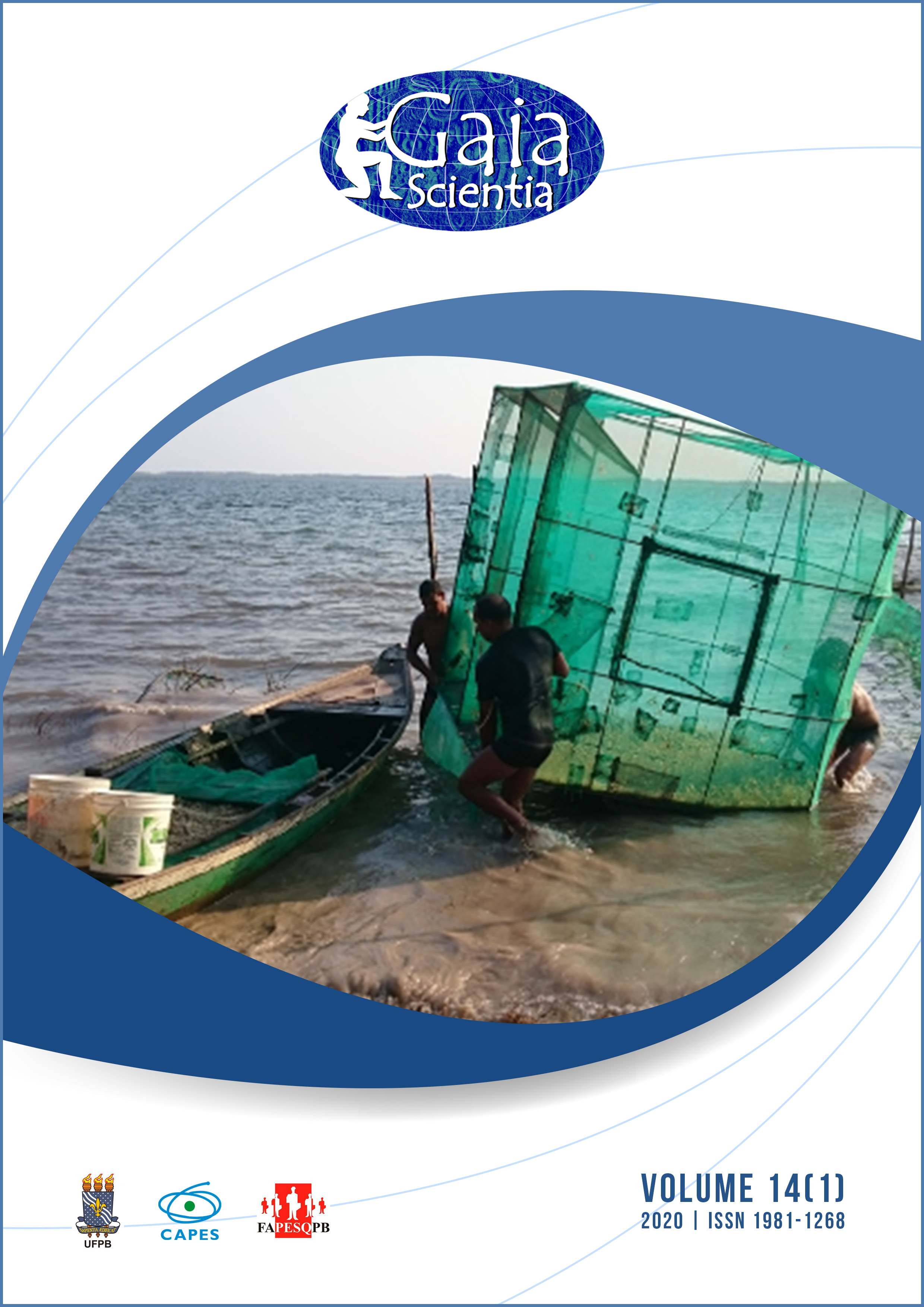Shrub and herbaceous community diversity on the edge of an Atlantic Forest urban fragment in southern Brazil
DOI:
https://doi.org/10.22478/ufpb.1981-1268.2020v14n1.49740Abstract
The Edge effect can cause physical and biological changes in ecosystems, altering the composition, abundance and distribution of species. In this sense, the diversity and structure of shrub and herbaceous vegetation at the edge of an urban fragment of the Atlantic Forest located in western Paraná, Brazil, was evaluated. Twenty plots were installed in the edge of fragment and the following phytosociological parameters were analyzed: density, frequency and coverage. Similarity data were compared with studies conducted in fragment interior and the geographical distribution of the species was accessed online. Most of the sampled species as well the most important for understory community structure were generalist species, with wide distribution throughout Brazilian territory, in addition to an invasive exotic species. Measures
should be taken to control and mitigate the impacts caused by exotic on the community. Small fragments preservation in landscapes where the fragmentation and loss of forests was severe is essential, because they can sustain endemic populations and even threatened species, contributing to conservation of biodiversity. Future studies integrating more fragments of the landscape and other aspects of diversity may increase the inference about fragmentation effects and biodiversity knowledge found in the region.
Downloads
Published
Versions
- 2021-05-20 (2)
- 2020-03-31 (1)










